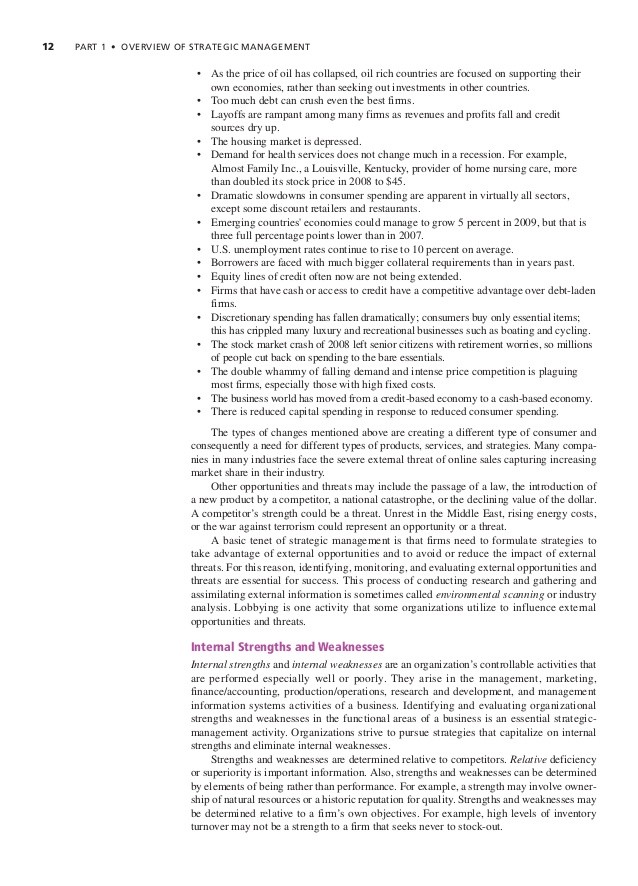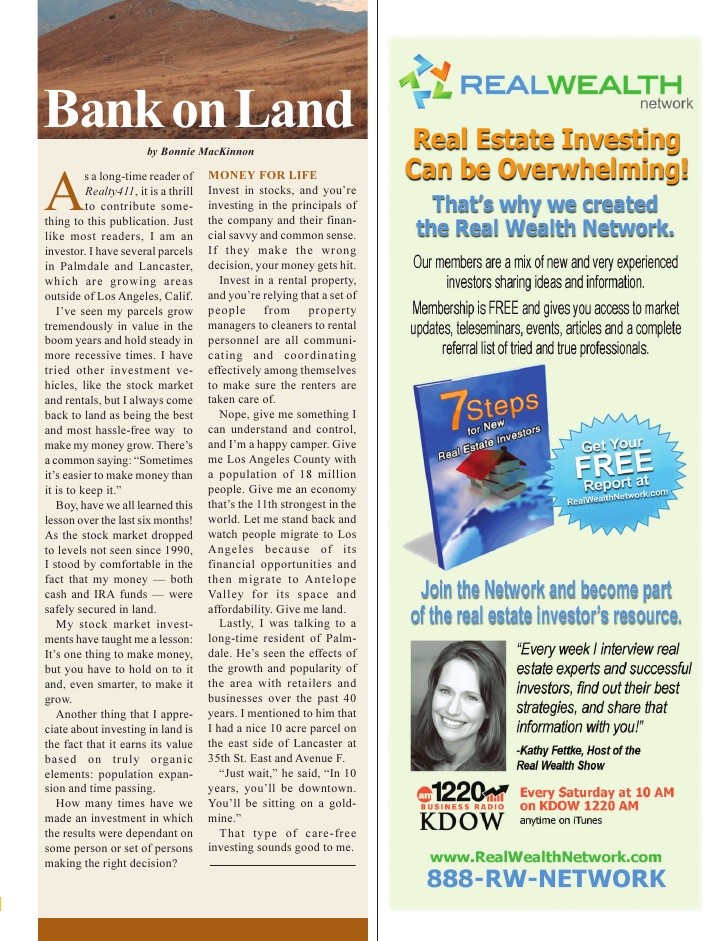The Ethical Investor Wall Street Ripoff #2 Encouraging Too Much Diversification
Post on: 2 Май, 2015 No Comment

Much of this is excerpted from my new book, Survival Investing: How to Prosper Amid Thieving Banks and Corrupt Governments.
Investors have been sold a very big lie over the years, that greater diversification always leads to higher risk adjusted returns. Diversification theory gives false confidence to investors that they need do nothing else to their portfolio than just broadly diversify, sit back and enjoy pleasant returns. In reality, it turns investors into passive sheep ready to be sheered by Wall Street professionals.
Of course, this so-called wisdom didn’t come out of nowhere. There exists some very sophisticated mathematics that demonstrates that, at least theoretically, a well diversified portfolio achieves the greatest risk adjusted return.
First, holding a very diversified portfolio can be very expensive. I have an investing client I advise who came to me with approximately $6 million of capital he had acquired by selling his business. One of the major investment banks had put him into over 60 muni-bonds, fifty individual stocks, thirty corporate bonds, twenty countries’ currencies and government bonds and an untold number of mutual funds in an attempt to be properly diversified. What this client found out was all that this over-diversification accomplished was that it made his portfolio impossible to manage and that when it came to moving assets inside his portfolio it was very expensive since he held such small positions in each asset and as such was offered much worse ask prices when he wanted to sell a particular asset.
Second, because almost all cost inputs to producers are revenues to suppliers, almost all commodity costs and economic inputs can be hedged out of a well diversified portfolio that holds both producers and suppliers. You are left with a diversified portfolio with only one non-diversifiable risk, labor productivity and wage rates which pretty much impact all companies that have employees.
But so what? Who wants that type of portfolio? Just as someone who buys oil company stocks and doesn’t diversify is making a bet that oil prices will increase in the future, someone who holds this well diversified portfolio is making a bet that wage rates will suffer in the future and that labor productivity will increase but go unrewarded. The main reason diversified portfolios in the US have historically outperformed is that labor productivity has improved dramatically over 70 years, and wage rates have stagnated over the last 30 years. If wage rates in the United States had kept up with inflation over the last 30 years, corporate profits would have stagnated, and the Dow Jones Industrials wouldn’t have increased in real value at all. So the reason that a US diversified portfolio has done well is that US labor productivity has increased and gone unrewarded by higher wages.
Third, there is no reason to hold hundreds or thousands of stocks, and certainly no reason to hold investments across all countries and all asset classes. I readily admit that by holding ten or 12 stocks you are much better protected against individual stock shocks than by holding one or two. Even holding an index fund has its downsides as once you hold thousands of individual stocks in an index fund you certainly don’t have the time or desire to try to monitor the managements of every company you hold. This is a recipe for disaster as we have seen that managements, especially at the banks, clearly are not being properly supervised by the shareholders they are supposed to represent.
Fourth, diversification limits your upside, because when you have a good idea that is a real sure thing and invest only 1 percent of your money in it because you want to stay diversified, and it doubles in value, your portfolio increases only 1 percent. Whereas, if you take 30% of your money and invest it in that good idea and it doubles, your portfolio increases 30% in value. So diversification limits downsides, but it also limits upsides. Of course, efficient market theory assumes there is no such thing as a sure thing because it believes everything is always properly priced.
Fifth, diversification theory has an additional weakness, which is especially glaring today. It assumes you don’t have to do any financial analysis because all markets are perfectly efficient, and therefore there is no risk of your overpaying for an individual stock. Someone else has already done the analysis and incorporated all publicly available information into the stock price and made sure the stock price is properly valued relative to the company’s earnings.
The danger of this approach is it fosters a belief that market prices are always right. This is what got homebuyers in trouble during the housing crash. Who would have thought that an entire market, nationally and internationally, could be overpriced? But this was the net effect of banks’ lending too much money on too loose of terms to homebuyers who ended up playing with mostly bank money rather than their own funds, and it drives a stake through the heart of the theory that market prices are always right.
Sixth, this crisis has exposed another fallacy of diversification. Economists understand that individual assets don’t necessarily move counter to each other during tough times. Instead, correlations go to one. This means the variability aligns up across different assets, and they all go down together. Well, if all your assets will go down during a crisis (and a crisis is the most important time you want to evaluate, because it may be when you’re forced to sell for cash flow reasons) what sense does it make to broadly diversify?
Seventh, diversifying across US based stocks, US bonds and US Treasury securities does nothing to minimize your exposure to the dollar and its potential weakening. All these assets are dollar denominated, so you will suffer real losses in purchasing power as the dollar declines relative to commodity prices and relative to other currencies of the world as the Fed continues to print more dollars.
If you think you can minimize this risk by holding assets in all the countries of the world, good luck. There is no way you can become an expert in the economies of all the countries of the world, much less all their companies and all their financial products. What exactly do you — or does anyone know about adjustable rate mortgages on condominiums in Spain financed by Italian banks?
Eighth, because you hold so many assets, you can’t possibly evaluate their true value, so you use lots of middlemen such as financial advisers and stockbrokers to advise you. Right off the bat they cost you one or two percent per year, quite possibly negating any benefit of diversification — and if they are unscrupulous and unethical, they could cost you much more than that.

Even if they are ethical, their motivations are simply different from yours. They don’t really care if you lose half your net worth. They’re getting paid whether you make money or not. Financial middlemen’s incentives are different from the investors’ in one important way. Yes, you want to maximize your returns, but you also want to minimize the risk of losing your principal. Your portfolio, run by these fund managers, is constantly being put into riskier and riskier investments using greater and greater leverage because all they care about is having the highest reported returns in their sector. This is how they attract new money to their business and is the key to their profitability. This translates into greater fees for these type money managers, but the downside risk lies squarely on you, the principal investor.
And this competition among money managers is clearly not understood by economists around the world. Economists like to think that in a competitive environment, those giving the best advice will succeed. This is clearly not the case. In the real world those giving the worst advice and taking on the most risk for their clients end up reporting the highest short term gains and garner the most clients and the greatest profits until disaster strikes in the form of a liquidity crunch, a recession or a financial crisis, but then of course, it is all too late.
So a basic tenet of modern finance — that greater diversification is always good — has proved false in the real world. This is revolutionary, since diversification is the basis of almost all modern financial thinking. You cannot have a capital asset pricing model and modern portfolio theory without the assumption that diversification is good since assuming diversification is step one in the development of the theory.
Even if you believe that theoretically the science and math are pure, in the world we live in, where we rely on corrupt and unethical financial middlemen to advise us on diversified portfolios constructed of thousands of different assets in hundreds of different countries around the world, it’s nowhere near worth the risk. Better we reduce our diversification, find ten or twelve assets we really understand and rely more on our own analysis than that of conflicted and misguided middlemen. It turns out this is exactly what many of the biggest and smartest and most successful investors in the world do; maybe you should consider it also.
20 Ways Wall Street is Ripping Off Small Investors:
- Providing nominal returns, not real returns.
- Encouraging too much diversification, if that’s possible.
- Hiding fees and expenses.
- Turning you into a passive investor.
- Convincing you that money markets are the same as cash.
- Telling you that bonds are safer than equities.
- Explaining that in the long run equities outperform bonds.
- Simply by lying about their products.
- Convincing you that their bank is a large, stable, safe operation to deal with.
- Recommending products that have enormous sales commissions attached to them.
- Cheating you on bid/ask spreads.
- Selling you what they don’t want.
- Measuring your success in dollars.
- Lending your securities to others.
- Ripping your eyes out if you ever try to close your account.
- Grabbing any slight positive real return for themselves.
- Sticking toxic waste to small investors.
- Pretending they can pick stocks.
- Acting like they are your best friend and they have your best interests at heart.
- Knowing next to nothing about the value of holding real assets like gold and real estate.
John R. Talbott is a bestselling author and financial consultant to families whose books predicted the housing crash, the banking crisis and the global economic collapse. You can read more about his books, the accuracy of his predictions and his financial consulting activities at www.stopthelying.com .
Content concerning financial matters, trading or investments is for informational purposes only and should not be relied upon in making financial, trading or investment decisions.














